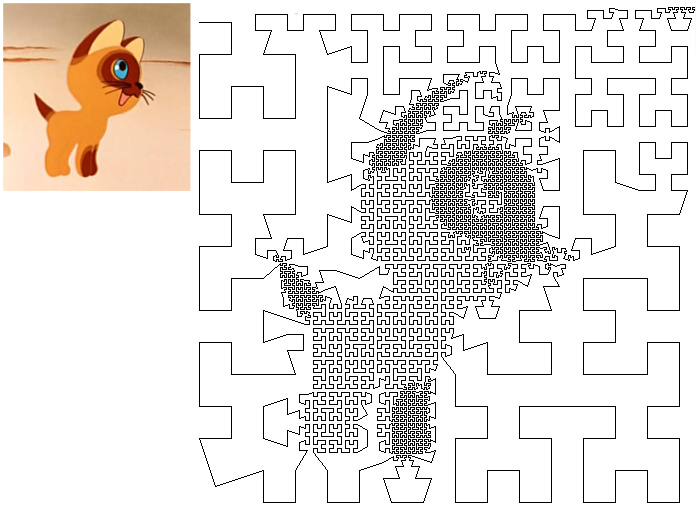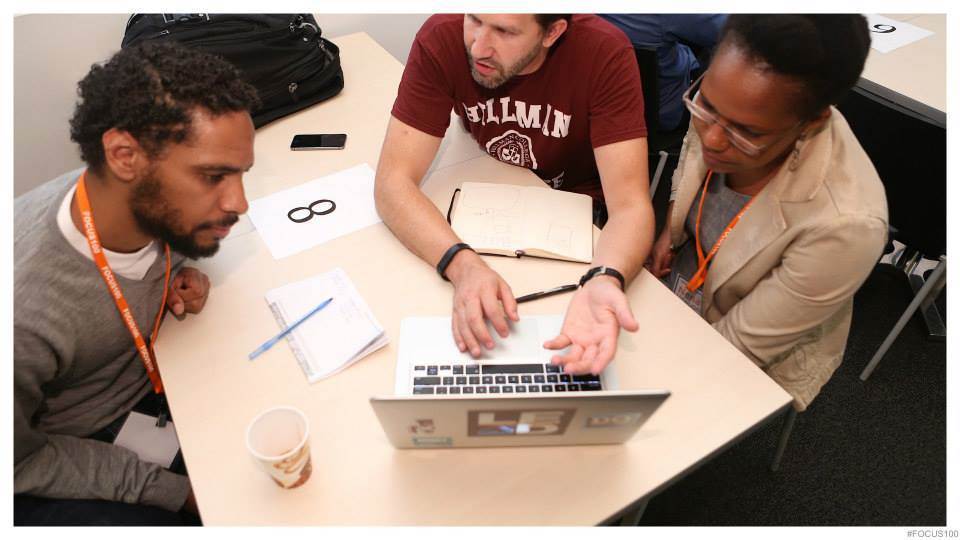Дисклеймер: все события являются вымышленными, а совпадения - случайными
Все они были мертвы. Последний выстрел поставил жирную точку в этой истории. Я снял палец с курка — всё было кончено.
Макс Пэйн
Именно эта цитата из одной из культовых игр всплыла у меня в голове в тот момент, когда я сдал фичу заказчику и закрыл в Jira заключительную задачу в спринте, осознав, что заветное «ты прошёл испытательный срок» у меня в кармане. Для меня это было настоящее событие, сродни принятию в тайный орден, крещению, духовному посвящению.
Моё путешествие в IT наконец-то дошло до несгораемой суммы. Я, как и тысячи других до меня, кинувший работу ради мечты, добился-таки своего. Мама смотрела на меня с гордостью, а друзья — с завистью! Недоброжелатели же захлёбывались от желчи, ведь стало понятно, что я неиллюзорно переиграл и уничтожил всех дешёвок :) А сам стал иметь VIP-статус недешёвки, ведь мой работодатель уже побежал насыпать мне 100500 килорублей в секунду на мой швейцарский счёт.
Красивая история, правда? Хотите так же? Тогда переходите по этой ссылке и приобретайте курс от <default_school_name>, и через Х дней мы будем трудиться вместе!
Если вы дочитали до этого места, то наверняка поняли, о чём мы сегодня поговорим. Рекламой различных интенсивов и онлайн-курсов сейчас завален весь интернет:



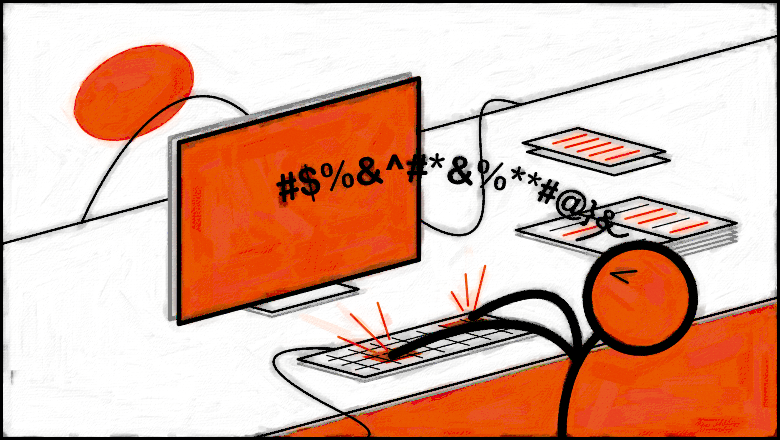


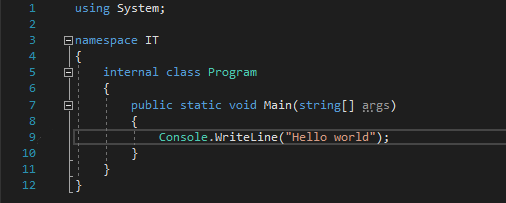



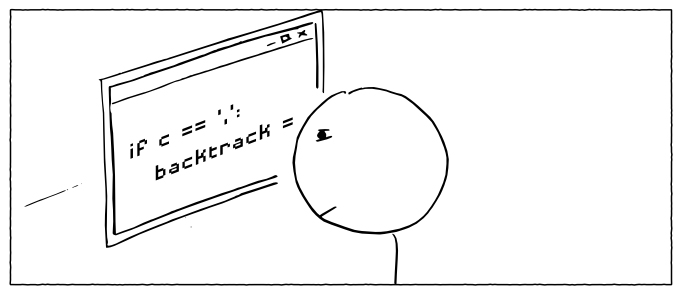

 Но нам был интересен обратный вопрос, как, имея, например, изображение сердечка, получить выражение для функции, графиком которой будет это самое сердечко.
Но нам был интересен обратный вопрос, как, имея, например, изображение сердечка, получить выражение для функции, графиком которой будет это самое сердечко.